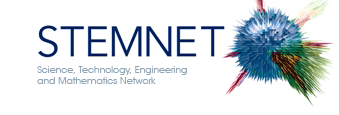On wednesday of this week Sheffield's Ideas Bazaar will spring into action, mixing together a witch's brew of artists, scientists and engineers of all shapes, sizes, and personal hygene statuses. A select group of the Pi.GATE team (Bo, Fred and Hamish) have been bending their enormous collective intellect towards finding their way to that end of the campus without a satnav. If we make it, we'll let you know. (Want to join in? Hit the "contact" button above.)
In the meantime, here are some of our notes for the event:
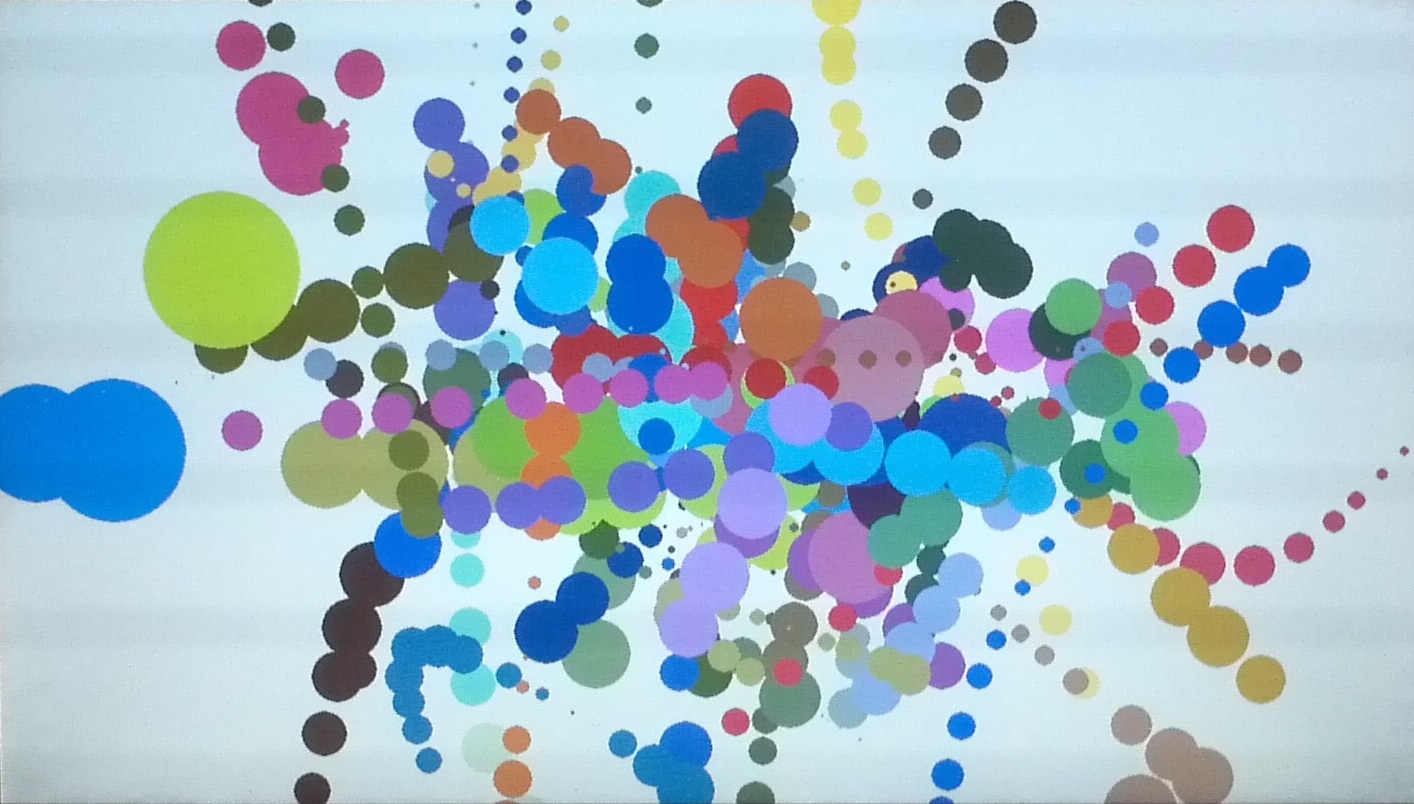
There is a new conjunction emerging around open hardware, maker culture, and art. Parallels exist with the explosive change in pop culture pressaged by punk in the late 1970s: from the Homebrew Computer Club trading circuits and information; from Iain M. Banks' legacy of utopian technofutures, blending electro-augmented humanity with benevolent AI; from the wearable electronics kits (e.g. from Adafruit.com — echoing Lady Ada Lovelace, inventor of the computer algorithm); to the latest rounds of sampling and remix.
Open-source hardware allows people to make their own robots, cameras, electrocardiagraph machines and even full computers by downloading schematics and building — incorporating any changes they need — and, typically, free open-source software is available to run these projects. 3D printers have helped this adoption of the open-everything ethos.
As this site and many others testify, there are stacks of DIY projects based on the Raspberry Pi, and the flood showns no sign of slowing. The Pi is a small cheap computer which is very easy to cobble together with other devices. It has a large community behind it and is one of the drivers behind proposed changes in the schools ICT curriculum.
As part of a trend to open hardware and maker culture the Pi is also a vehicle for localist responses to climate change and peak oil: the more we manufacture locally the more secure we are (the Pi is made in Wales); the less energy we use the less carbon we pump into the atmosphere (the Pi is low power).
Future Making will be a rolling event over two days with around a dozen exhibits plus an hourly short stage show. The target audience is anyone curious, with secondary schools invited to attend if the timing of the event permits. The performers are expected to be engineers, musicians, social scientists, dancers, hackers and visual artists.
Some more of the gorey details (from our GitHub repository):
- Open Culture Tech: entering the age of open electronics
- Open Schools Tech: programming is back on the curriculum!
- Pi Brush, perfect project for the digital Jackson Pollock
- SnowCam, a programmable spook-free camera
- Future Making, exploring open {X} tech
And to whet your appetite, a random selection of the artbites:
Google gave $1m to fund Pi hardware for schools. Eben Upton (of the Pi foundation) is the Chesire Cat impersonator here:
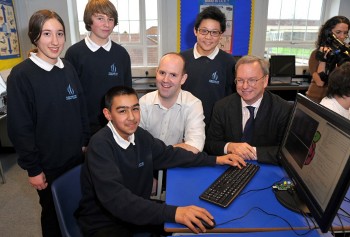
That's all very well, but "At Boots science is for boys and pink princess toys are for girls" — Amy Mather (14-year-old Pi hacker) at Wuthering Bytes, September 14th 2013.
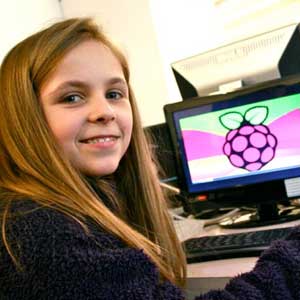
What to do? Commission J.K. Rowling to write The Adventures of Princess Pi? Seek venture capital for Pink Electronics Ltd.? Or order a large consignment of Barbie-the-Programmer dolls?

Perhaps games with a porpoise would interest girls? (Sorry.)
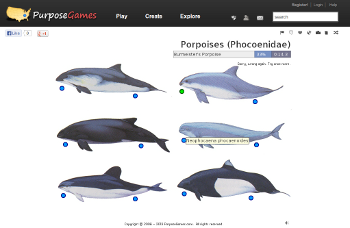
Enough frivolity. Amy also said we need:
- better role models
- better opportunities
- no discrimination (equal pay for equal work!)
Some organisations working in this direction (click through for details):
There are more; please ping us to add to this list! And if you're in Sheffield this Wednesday, come say hi. Ciao.
comments powered by Disqus


